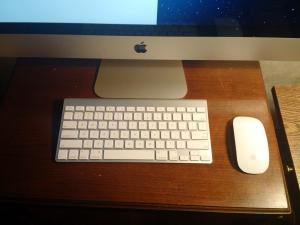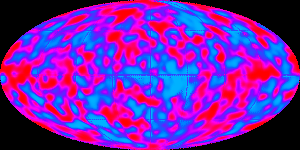Blog
More Power
19 December 2014
 Brian Koberlein
Brian KoberleinThis month I’ve upgraded my home computer. My new desktop has a faster processor, double the storage space, and quadruple the RAM as my venerable old laptop. I don’t upgrade very often, so when it happens there’s a very noticeable uptick in computing power. It’s something we’ve become rather accustomed to. With each new phone, computer or tablet we have more power at our fingertips. This consequence of Moore’s law has also revolutionized the way we do astronomy.
The silicon revolution is what allowed deep space probes to exist. A round trip signal to the Moon takes about 2 seconds, but a round trip signal to Jupiter takes half an hour or more, which is simply too long to control a spacecraft in real time. Spacecraft need to be partly autonomous, and they need to be able to store data for later transmission back to Earth.
The Voyager spacecraft of the 1970s had about 32 kilobytes of storage, which is less than a singing birthday card these days. By the 1990s, Pathfinder orbited Mars with about 64 megabytes of storage. Now New Horizons races toward Pluto with 8 gigabytes of memory. This kind of storage is absolutely necessary for New Horizons, since it will fly by Pluto so quickly that all of its stored data will have to be stored until it can slowly be radioed back to Earth from the edge of our solar system.
 NASA
NASAProcessing power has also grown tremendously over the years, which has allowed us to analyze more data. The in the early 1990s, the COBE satellite pushed the envelope of astronomical data gathering when it collected about 46 megabytes of data per day. Over its lifetime COBE gathered nearly 300 gigabytes of data, necessary to measure the small fluctuation of the cosmic microwave background with precision. In contrast, the Planck satellite gathered data on the order of terabytes.
As storage size and computing power continue to rise, so will demands for more data and deeper analysis. The universe is a very big place, and there’s lots of things to study.